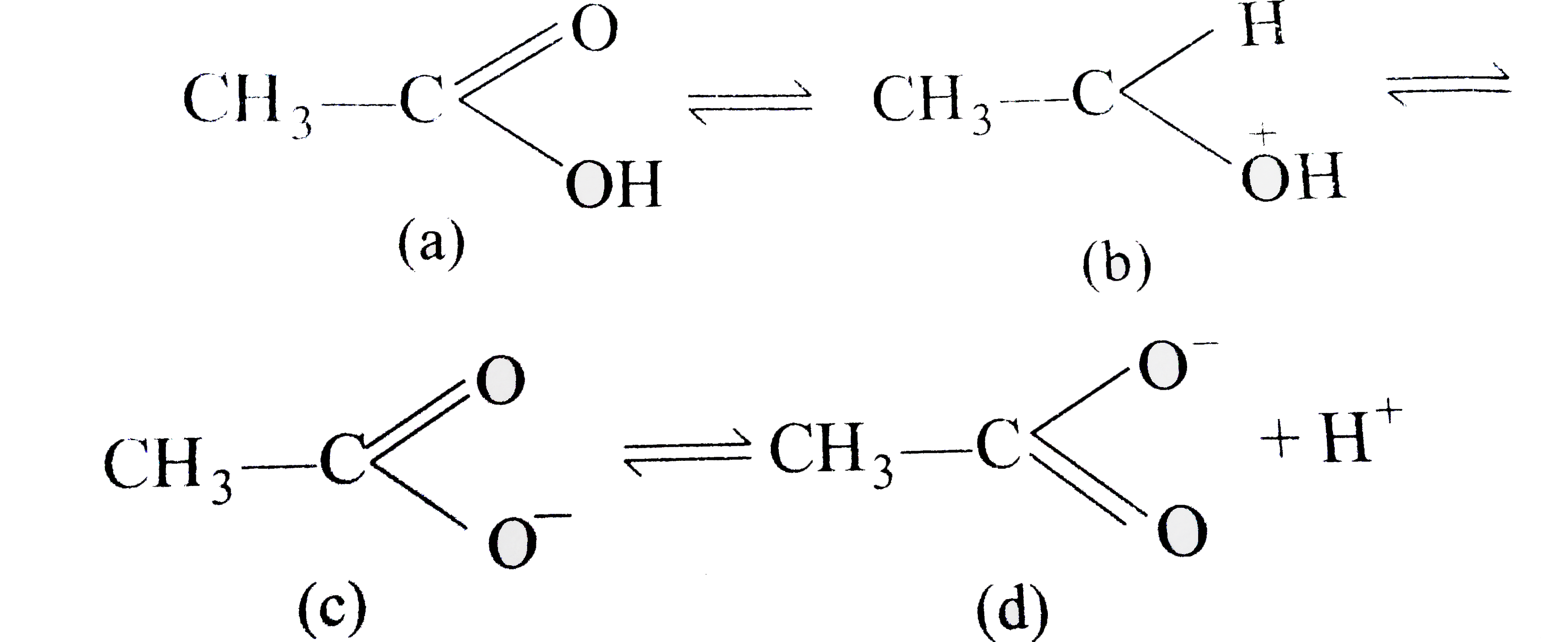Which of the following structure will not have 4π electrons




The correct Answer is:D
To determine which of the provided structures does not have 4 pi electrons, we need to analyze each structure in terms of the number of pi bonds and the electrons associated with them. Here is a step-by-step solution:
Step 1: Understand Pi Electrons
- Pi electrons are those that are involved in pi bond formation. Each pi bond consists of 2 electrons.
Step 2: Analyze Each Structure
1. Structure A:
- Contains one pi bond between two carbon atoms.
- Additionally, there is a negative charge on one of the carbons, which contributes 2 extra electrons.
- Total: 2 (from the pi bond) + 2 (from the negative charge) = 4 pi electrons.
2. Structure B:
- Contains two pi bonds.
- Each pi bond contributes 2 electrons.
- Total: 2 (from the first pi bond) + 2 (from the second pi bond) = 4 pi electrons.
3. Structure C:
- Contains a positive charge, indicating a carbocation.
- A carbocation has an empty p orbital and does not contribute any pi electrons.
- However, it has two pi bonds, which contribute 4 electrons.
- Total: 4 (from the two pi bonds) = 4 pi electrons.
4. Structure D:
- Contains three pi bonds.
- Each pi bond contributes 2 electrons.
- Total: 2 (from the first pi bond) + 2 (from the second pi bond) + 2 (from the third pi bond) = 6 pi electrons.
- Additionally, there are 2 electrons from a negative charge involved in resonance.
- Total: 6 + 2 = 8 pi electrons.
Step 3: Conclusion
- Structures A, B, and C all have 4 pi electrons.
- Structure D does not have 4 pi electrons; it has 8 pi electrons.
Thus, the structure that does not have 4 pi electrons is Structure D.
- Pi electrons are those that are involved in pi bond formation. Each pi bond consists of 2 electrons.
1. Structure A:
- Contains one pi bond between two carbon atoms.
- Additionally, there is a negative charge on one of the carbons, which contributes 2 extra electrons.
- Total: 2 (from the pi bond) + 2 (from the negative charge) = 4 pi electrons.
- Contains two pi bonds.
- Each pi bond contributes 2 electrons.
- Total: 2 (from the first pi bond) + 2 (from the second pi bond) = 4 pi electrons.
- Contains a positive charge, indicating a carbocation.
- A carbocation has an empty p orbital and does not contribute any pi electrons.
- However, it has two pi bonds, which contribute 4 electrons.
- Total: 4 (from the two pi bonds) = 4 pi electrons.
- Contains three pi bonds.
- Each pi bond contributes 2 electrons.
- Total: 2 (from the first pi bond) + 2 (from the second pi bond) + 2 (from the third pi bond) = 6 pi electrons.
- Additionally, there are 2 electrons from a negative charge involved in resonance.
- Total: 6 + 2 = 8 pi electrons.
- Structures A, B, and C all have 4 pi electrons.
- Structure D does not have 4 pi electrons; it has 8 pi electrons.
Topper's Solved these Questions
- HYDROCARBONS Book:NARAYNAChapter:HYDROCARBONS Exercise:EXERCISE - 2 (H.W) (PREPARATION & PROPERTIES)
Explore 5 Videos
- HYDROCARBONS Book:NARAYNAChapter:HYDROCARBONS Exercise:EXERCISE - 3
Explore 25 Videos
- HYDROCARBONS Book:NARAYNAChapter:HYDROCARBONS Exercise:EXERCISE - 2 (H.W) (ALKENES) (PREPARATIONS OF ALKENES)
Explore 2 Videos
- GENERAL ORGANIC CHEMISTRYBook:NARAYNAChapter:GENERAL ORGANIC CHEMISTRYExercise:Matrix-Match type questions
Explore 7 Videos
- HYDROGEN & ITS COMPOUCDSBook:NARAYNAChapter:HYDROGEN & ITS COMPOUCDSExercise:Interger type questions
Explore 10 Videos
Similar Questions
Knowledge Check
Which of the following elements will have the highest electron affinity?
ANitrogenBFluorineCChlorineDPhosphorusWhich of the following species have three unpaired electrons?
ACr2+BCr3+CArDPWhich of the following does not have abnormal electronic configuration ?
ACrBPdCPtDHg
Which of the following macromolecule does not have a repeating structure unit ?
View SolutionWhich of the following structure is having same shape as SO2−3?
View SolutionWhich of the following structure is having maximum autorhytmicity in the normal human heart ?
View SolutionWhich of the following have a linear structure?
View SolutionWhich of the following have a linear structure?
View Solution


